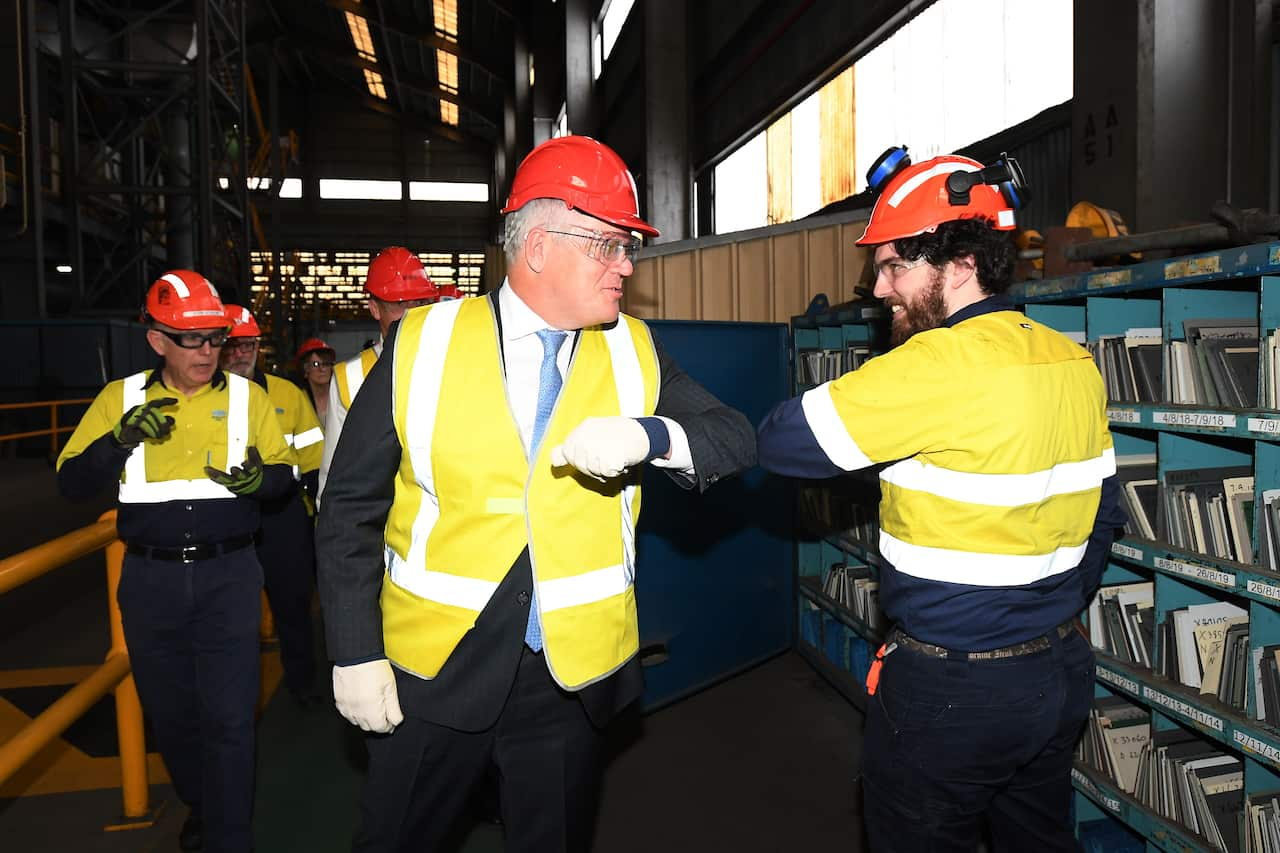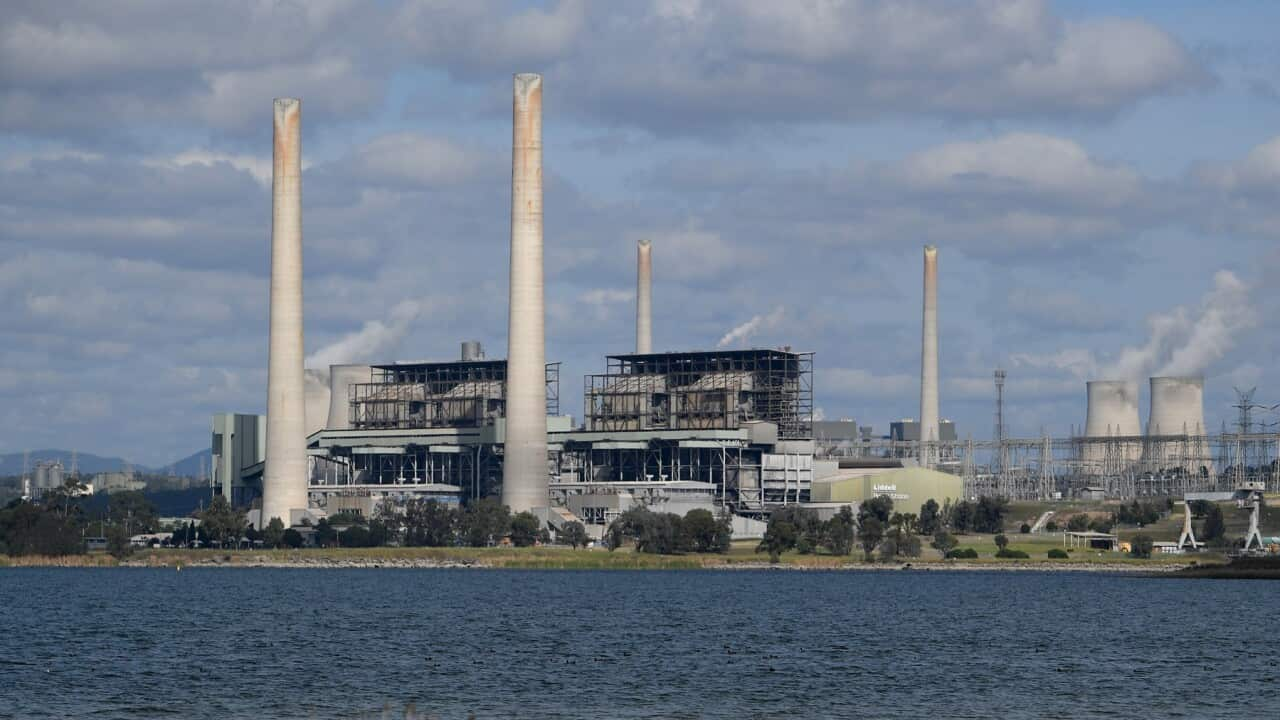An overhaul of Australia’s renewable energy agency has attracted a mixed response from energy analysts and environmentalists.
The reforms, backed by a $1.62 billion funding package, would broaden the Australian Renewable Energy Agency's mandate to include additional energy sources, such as hydrogen and carbon capture.
Critics and green energy advocates argue the push is propping up investment in technologies linked to fossil fuels and risks diverting funding away from clean energy options like solar and wind.
The government’s additional funding would see taxpayer funds of $50 million directed towards investment in carbon capture projects and another $70 million allocated for an export hydrogen hub.
Green Energy Markets director Tristan Edis said the government’s intervention risked undermining the independence of the Australian Renewable Agency to make investment decisions.
“I look at this and say this is a window dressing exercise that is going to undermine our efforts at reducing emissions,” he told SBS News.
“The key line is ARENA is dead as the institution it was meant to be. An institution independent of politics and politicians that made decisions on the basis of expert analysis.”
The overhaul is part of a $1.9 billion investment from the federal government being directed towards emerging technologies, also including investment in microgrids and improved energy efficiency.
The government said expanding the focus of ARENA and also the Clean Energy Finance Corporation to back this pursuit will help drive down emissions across the economy. Prime Minister Scott Morrison said solar panels and wind farms were now clearly commercially viable and had evolved from the need for government subsidies.
Prime Minister Scott Morrison said solar panels and wind farms were now clearly commercially viable and had evolved from the need for government subsidies.

Prime Minister Scott Morrison (centre) meets steel workers during a visit to BlueScope Steel in Port Kembla, Wollongong, NSW. Source: AAP
“The government will now focus its efforts on the next challenge: unlocking new technologies across the economy to help drive down costs, create jobs, improve reliability and reduce emissions," he said.
The government’s planned overhaul would require parliamentary support to proceed.
Carbon Market Institute Chief Executive Officer John O’Connor welcomed the government’s pursuit of emerging technologies as part of emissions reduction efforts.
But he said the move needed to be guided by stronger targets to ensure emission reductions are achieved.
“We need stronger mid-term targets and clear guidance for net zero-emissions by 2050,” he told SBS News.
The government said the package would contribute to meeting its target for the Paris Agreement to reduce emissions by at least 26 per cent by 2030 on 2005 levels.
Energy Minister Angus Taylor has pushed for technology to play a central role in reducing Australia's emissions.
"The government recognises the strong growth in emerging energy technologies that will play a role in Australia's energy mix into the future," he said.
Critics have raised concerns expanding the renewable energy agencies’ focus to carbon capture and storage and hydrogen could slow the nation's transition to a clean-economy.
Richie Merzian, climate and energy program director at progressive think tank the Australia Institute said the government should not use the “failed technology” to continue to support high-polluting fuels like coal and gas.
“The government is ‘technology neutral’ when it comes to renewables, and picking favourites when it comes to gas and coal,” he said.
“All we want is a consistent energy policy that actually reduces Australia’s emissions.”
Opposition Leader Anthony Albanese also questioned the government's commitment to investing in renewable technologies.
"The fact is this government don't support renewables," he said.
"Even though what we know is that the cleanest and cheapest form of new energy in Australia is renewables."
Additional reporting AAP.




